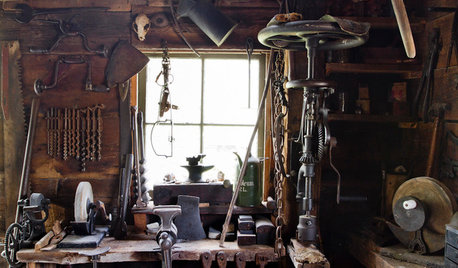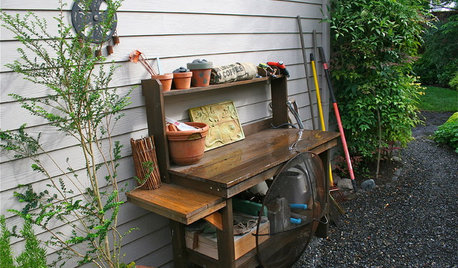Ok, we covered tool oiling, how about sharpening?
psnave
18 years ago
Featured Answer
Comments (8)
tapla (mid-Michigan, USDA z5b-6a)
18 years agolindac
18 years agoRelated Professionals
Simpsonville Landscape Architects & Landscape Designers · Surprise Landscape Architects & Landscape Designers · Horsham Landscape Architects & Landscape Designers · Milwaukee Landscape Architects & Landscape Designers · Palm Springs Landscape Architects & Landscape Designers · Signal Hill Landscape Architects & Landscape Designers · Tomball Landscape Architects & Landscape Designers · Bedford Landscape Contractors · Boca Raton Landscape Contractors · Dedham Landscape Contractors · Gainesville Landscape Contractors · New Baltimore Landscape Contractors · South Farmingdale Landscape Contractors · Fort Collins Window Contractors · Orlando Window ContractorsIna Plassa_travis
18 years agotapla (mid-Michigan, USDA z5b-6a)
18 years agovetivert8
18 years agoelgrillo
18 years agoloomis
18 years ago
Related Stories

MATERIALSAre You a Maker? Show Us Your Favorite Tool or Material
Houzz Call: A tool or material can be a maker’s best friend. We’d like to see your favorite — and what it helps you achieve
Full Story
HOUSEKEEPINGHow and Why You Should Clean Your Garden Tools
Avoid rust and extend the life and effectiveness of your blades and spades with these expert tips
Full Story
GARDENING GUIDESNew Ways to Think About All That Mulch in the Garden
Before you go making a mountain out of a mulch hill, learn the facts about what your plants and soil really want
Full Story
FUN HOUZZGuessing Game: What Might Our Living Rooms Say About Us?
Take a shot on your own or go straight to just-for-fun speculations about whose homes these could be
Full Story
MOST POPULARDesign Debate: Is It OK to Hang the TV Over the Fireplace?
In the spirit of the upcoming political debates, we kick off a series of conversations on hotly contested design topics
Full Story
MATERIALSInsulation Basics: What to Know About Spray Foam
Learn what exactly spray foam is, the pros and cons of using it and why you shouldn’t mess around with installation
Full Story
FURNITUREWhy It's OK to Hate Your New Custom Sofa
It takes time to get used to bold new furniture, but dry your tears — the shock can be good for you. Here's what to expect
Full Story
PETSSo You're Thinking About Getting a Dog
Prepare yourself for the realities of training, cost and the impact that lovable pooch might have on your house
Full Story
LIGHTINGWhat to Know About Switching to LED Lightbulbs
If you’ve been thinking about changing over to LEDs but aren't sure how to do it and which to buy, this story is for you
Full Story
DECORATING GUIDESDitch the Rules but Keep Some Tools
Be fearless, but follow some basic decorating strategies to achieve the best results
Full StorySponsored
Columbus Area's Luxury Design Build Firm | 17x Best of Houzz Winner!
More Discussions






meldy_nva